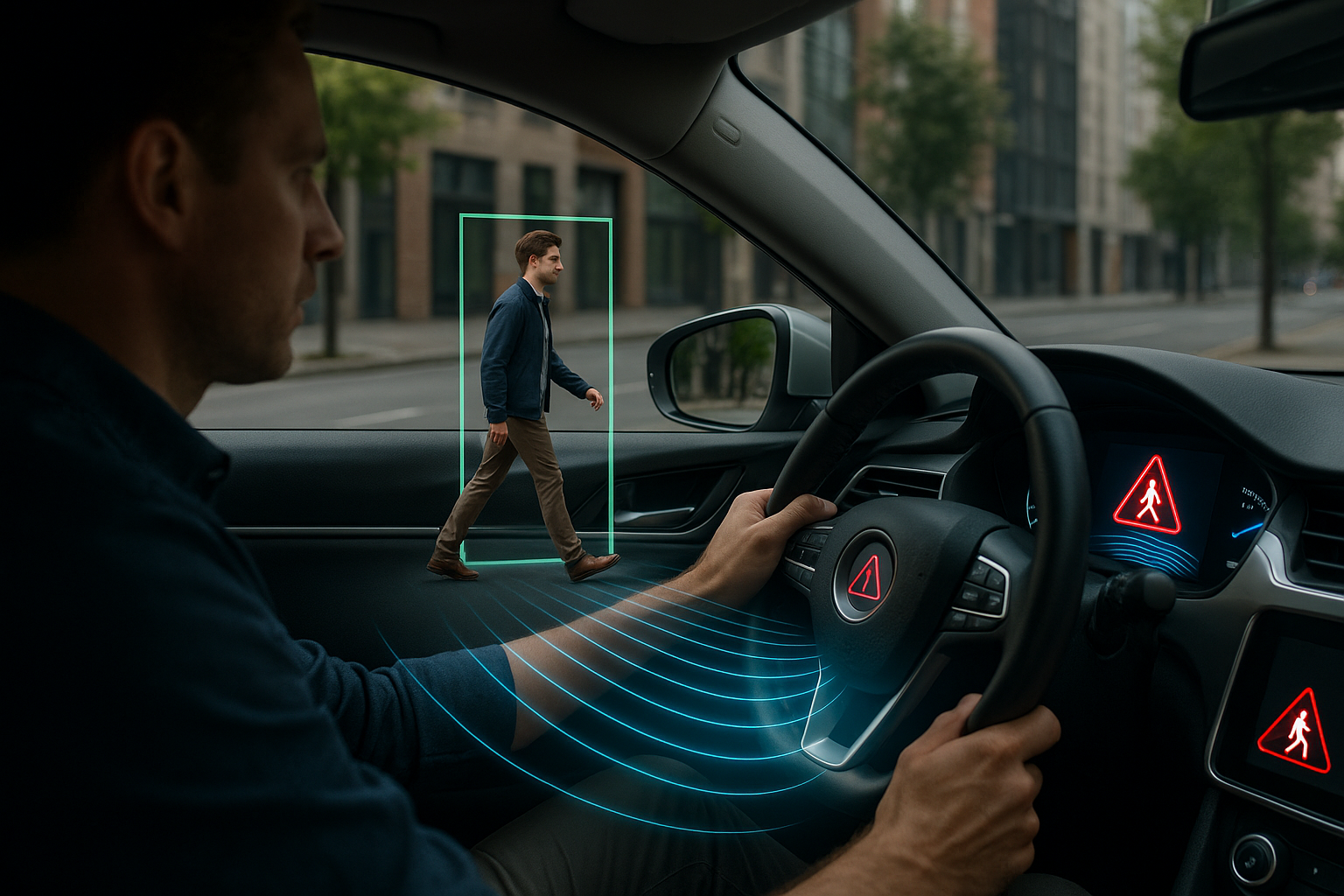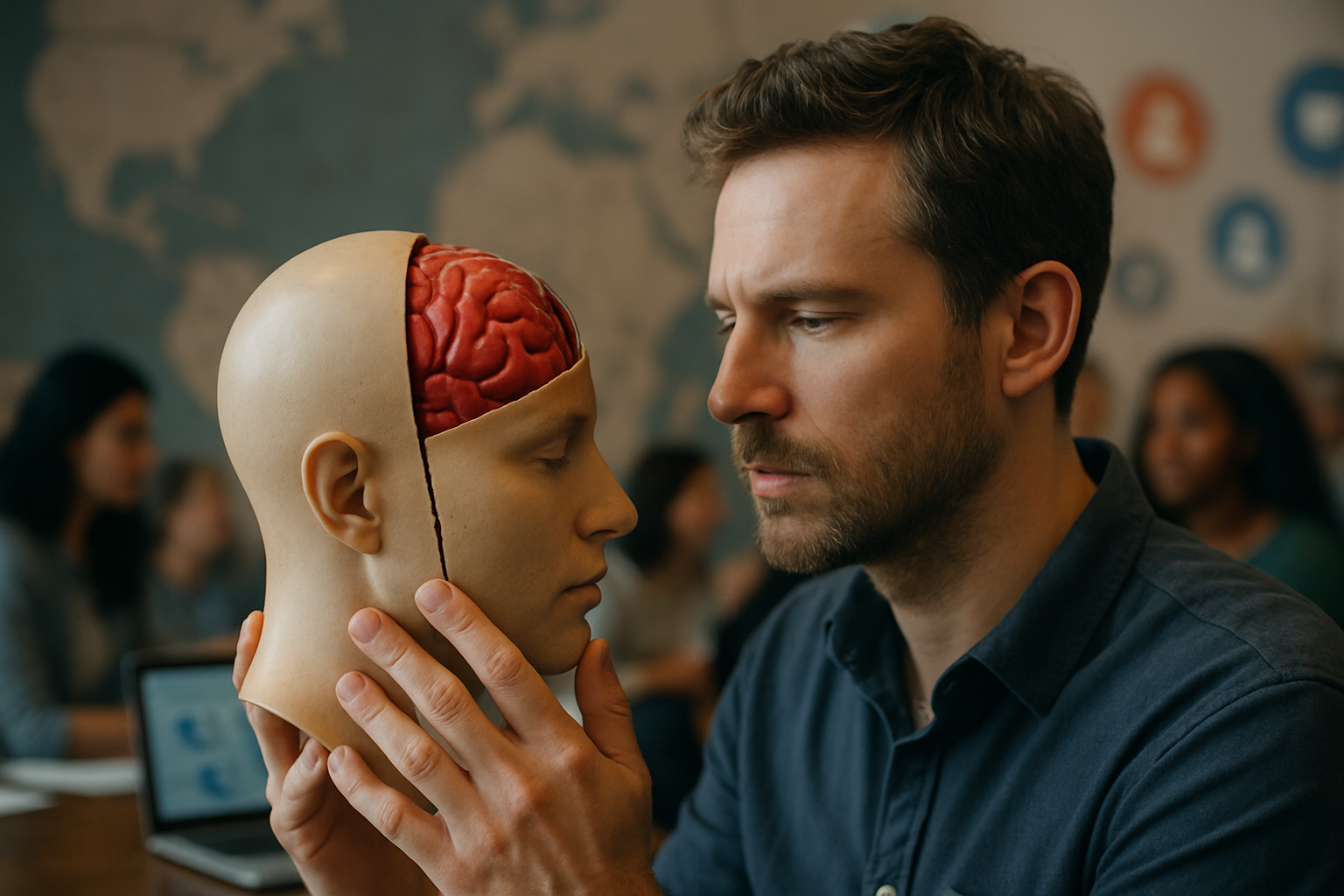Astonishing Advancements in Car Safety: Delving into the World of Pedestrian Detection Systems
The evolution of technology has always paved the way for advancements in various fields, and the automotive industry is no exception. One of the most significant developments in recent years is the integration of pedestrian detection systems in cars. These systems are designed to protect pedestrians and help drivers avoid collisions, a technological leap that's changing the way we think about safety on the road.

A Glimpse into the Past: The Genesis of Pedestrian Detection Systems
The concept of pedestrian detection can be traced back to the early 2000s when car manufacturers began to experiment with advanced driver-assistance systems (ADAS). The initial focus was on systems that could detect other vehicles or static objects. However, the complexity of identifying and predicting pedestrian movement presented a whole new challenge, leading to intensified research and development.
By the late 2000s, the first pedestrian detection systems hit the market, leveraging advancements in sensors and imaging technology. These systems primarily used a combination of radar and camera technology to detect pedestrians and alert the driver. If the driver did not respond, the system would initiate automatic braking.
The Present Scenario: How Pedestrian Detection Systems Work Today
Modern pedestrian detection systems have evolved to be more accurate and sophisticated, incorporating advanced technologies like LiDAR and artificial intelligence. These systems continuously scan the environment, analyzing data from various sensors to identify potential hazards.
Advanced algorithms process this data in real-time, detecting pedestrians based on their size, shape, and movement patterns. If a pedestrian is detected, the system alerts the driver with visual or audible warnings. In extreme cases, the system can apply the brakes automatically, reducing the severity of potential collisions or avoiding them altogether.
The Impact: Making Our Streets Safer
The introduction of pedestrian detection systems has had a profound impact on road safety. According to recent studies, these systems have significantly reduced the number of pedestrian-vehicle collisions. They have become especially crucial in urban settings, where high pedestrian traffic and busy streets can increase the risk of accidents.
However, these systems are not without their challenges. They still struggle in certain situations, such as low-light conditions, inclement weather, or when pedestrians suddenly step into the road. Addressing these issues is a key focus area for ongoing research and development.
The Future: AI and Beyond
Looking forward, AI is set to play an even more prominent role in pedestrian detection systems. With machine learning algorithms, these systems can learn from past data and continually improve their detection capabilities. For example, they could recognize pedestrian behaviors that indicate a higher risk, such as a pedestrian looking at their phone while crossing the street.
Moreover, the advent of connected car technology could further enhance these systems. Cars could communicate with each other and share information about pedestrian locations, providing additional data to improve detection and response times.
Final Thoughts: The Intersection of Technology and Safety
The evolution of pedestrian detection systems is a testament to the power of technology to enhance safety. While challenges remain, the progress made thus far is remarkable. As the technology continues to evolve, we can expect these systems to become even more accurate and reliable, making our roads safer for everyone.
In the end, the development of pedestrian detection systems underscores the automotive industry’s commitment to leveraging technology for the greater good. This is just one example of how the industry is continually pushing boundaries, seeking innovative solutions to complex problems, and ultimately, revolutionizing the way we drive.




